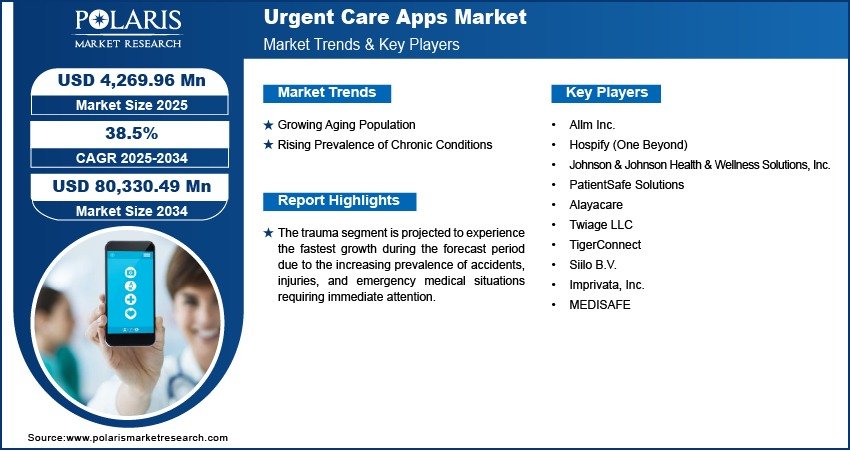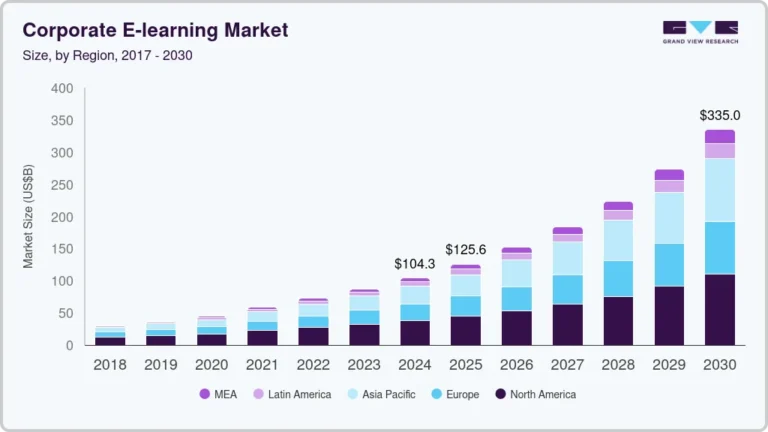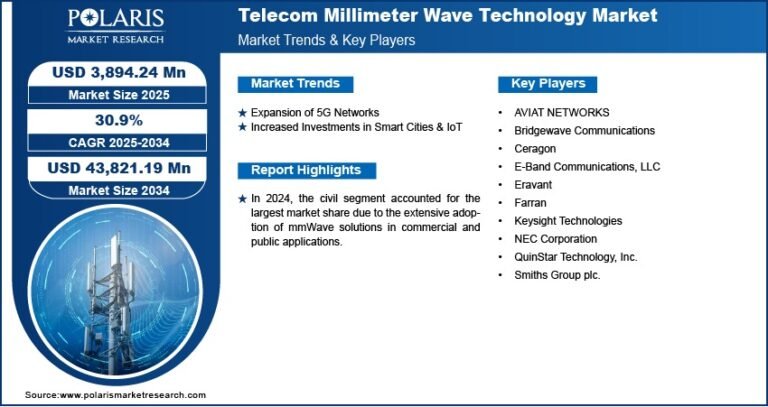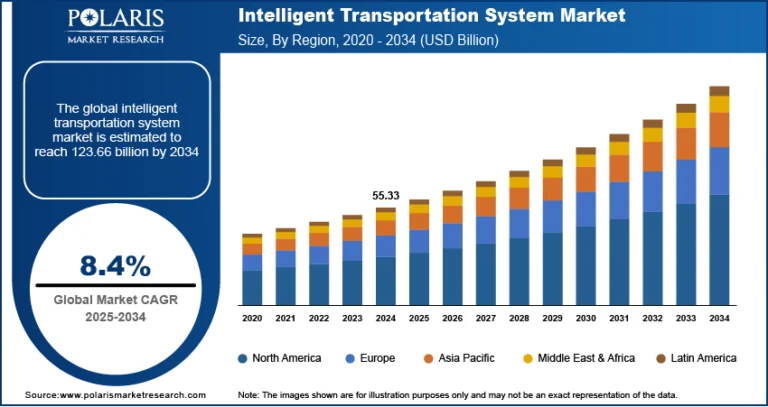Urgent Care Apps Market Projected to Reach USD 80,330.49 Million By 2034, Growing at a CAGR of 38.5%

The global Urgent Care Apps market size was valued at USD 3,087.46 million in 2024 and is projected to grow from USD 4,269.96 million in 2025 to USD 80,330.49 million by 2034 , exhibiting a robust Compound Annual Growth Rate (CAGR) of 38.5% during the forecast period from 2025 to 2034 .
- Rising Demand for Immediate Virtual Healthcare Services: The growing need for immediate medical attention without visiting physical clinics has led to increased adoption of urgent care apps that offer real-time consultations with healthcare professionals via video, voice, or chat.
- Post-Pandemic Shift Toward telehealth: The global health crisis accelerated digital transformation in healthcare, increasing consumer trust and usage of telemedicine platforms for non-emergency but time-sensitive medical concerns such as infections, allergies, minor injuries, and mental health support.
- Integration with AI and Machine Learning: Leading urgent care applications are leveraging artificial intelligence for symptom checking, triage assistance, and predictive analytics to enhance diagnostic accuracy and streamline patient flow.
- Expansion into Chronic Disease Management: Beyond acute care, these apps are now being used for managing chronic conditions on an urgent basis, offering instant access to specialists and medication delivery services.
- Technological Advancements in Mobile Health Platforms: Innovations such as integration with wearable health devices, cloud-based EHR systems, and secure data encryption are enhancing the functionality and reliability of urgent care mobile applications.
Market Size & Forecast
- Market Size in 2024 – USD 3,087.46 million
- Market Size in 2025 – USD 4,269.96 million
- Projected Market Size by 2034 – USD 80,330.49 million
- CAGR (2025–2034) – 38.5%
Urgent care apps are mobile-based digital health solutions that connect patients with licensed physicians, nurse practitioners, and other healthcare providers for real-time diagnosis and treatment of non-life-threatening but time-sensitive medical issues. These apps enable users to receive medical advice, prescriptions, referrals, and follow-up care remotely—without requiring in-person visits to emergency rooms or walk-in clinics.
The market is experiencing exponential growth driven by rising smartphone penetration, increasing internet connectivity, and growing demand for fast, convenient, and cost-effective healthcare solutions. Additionally, government support for telemedicine, advancements in AI-powered diagnostics, and rising healthcare costs are further accelerating market expansion across both developed and emerging economies.
Strategic innovation continues to shape the future of the urgent care apps industry. Companies are investing heavily in AI-driven triage tools, expanding service offerings beyond primary care into behavioral health and dermatology, and integrating with insurance and pharmacy delivery services for end-to-end care. As digital health ecosystems evolve, urgent care apps are becoming a cornerstone of modern healthcare delivery models.






